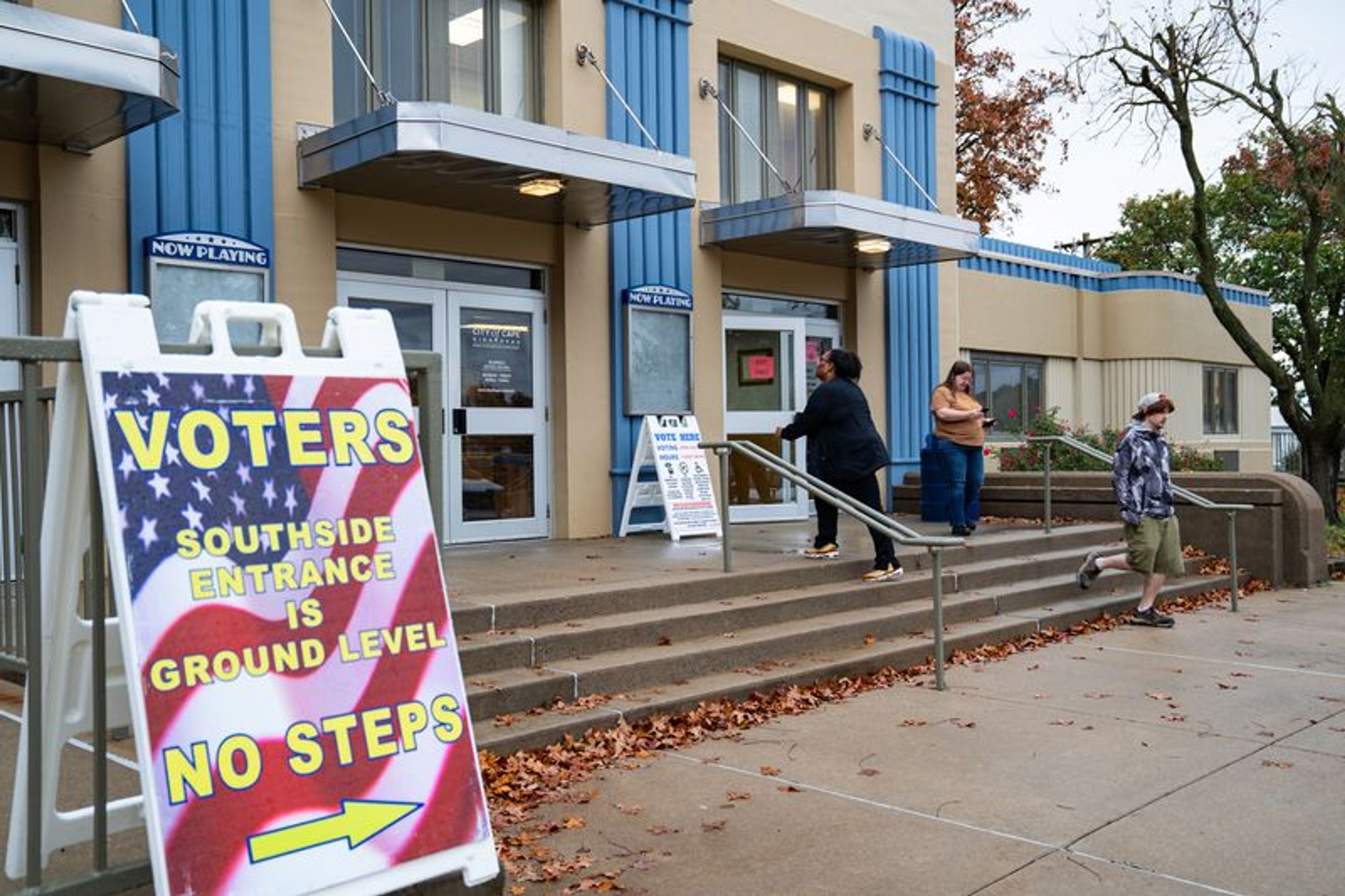NASA thinks it can overcome its safety issues
Eight months after the Columbia disaster killed seven astronauts, NASA has announced it wants to resume its shuttle flights next year. Naturally, this announcement has some observers of the U.S. space program wondering if the human shuttle flights are worth the risk...
Eight months after the Columbia disaster killed seven astronauts, NASA has announced it wants to resume its shuttle flights next year. Naturally, this announcement has some observers of the U.S. space program wondering if the human shuttle flights are worth the risk.
The first shuttle tragedy -- 1986's Challenger explosion -- should have been enough pressure to take extra-cautious measures. But on Feb. 1, the space shuttle Columbia disintegrated over Texas just 16 minutes before its scheduled landing at Cape Canaveral, the victim of falling insulation foam that had damaged its left wing on takeoff, allowing superheated air to penetrate the craft during re-entry.
While Congress hashes out budget considerations, there is every reason to think the National Aeronautics and Space Administration is correcting its mistakes. It is already working to install electric heaters to prevent ice formation around the shuttle tanks. Cameras will be installed to monitor for damage during take-off. Other surveillance equipment, including U.S. spy satellites orbiting Earth, will be used to watch for shuttle problems.
The accident was a tragedy. But with all the attention on the problems that case that accident and the precautions being made to prevent a repeat, the next launch ought to be the safest ever.
Connect with the Southeast Missourian Newsroom:
For corrections to this story or other insights for the editor, click here. To submit a letter to the editor, click here. To learn about the Southeast Missourian’s AI Policy, click here.








